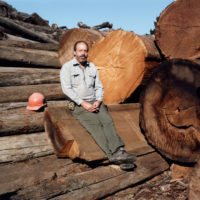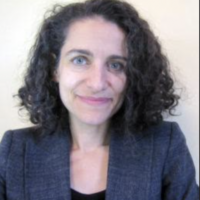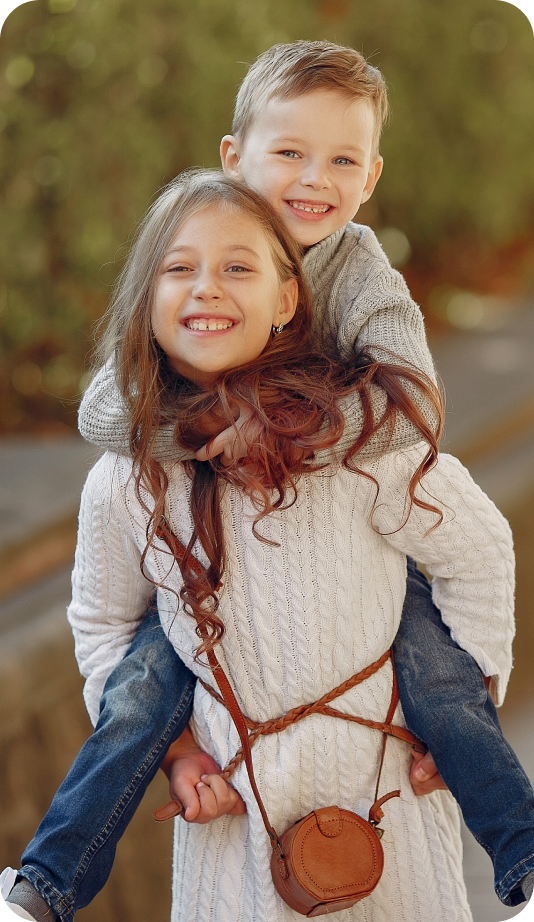Fun Outdoor Playground for Kids
Minimalist play structures/environments encourage children’s interaction and play. Evan Shively is one of the design industry’s most sought-after wood artisans, responsible for creating a few of the world’s greatest play structures.
Minimalist play structures are the part of art installation and part playground—made from massive fallen reclaimed eucalyptus. He’ll give us a personal look at his work and tell us how we can apply his minimalism thinking to inspire our own children’s free play and creativity at home.
Full Interview Transcript
Today we are in the hills of West Marin with Evan Shively, one of the design industry’s most sought-after wood artisans, responsible for creating a few of the world’s greatest play structures’ –which is part art installation and part playground—made from massive fallen reclaimed eucalyptus.He’ll give us a personal look at his work and tell us how we can apply his minimalism thinking to inspire our own children’s free play and creativity at home.
Kelly: I’m thrilled to have you here today to be at the place where you had the inspiration for all of your children’s log environments that you create. Can you tell us how you got into building your first structure for children?
Evan: Well, I’ve been doing quite a bit of work at Marin Country Mart, which is the first one that I did, the first environment that I did for children, providing the wood and sort of helping guide some of the wood work in that environment.
Jim Rosenfield, the owner, just was about to have a play structure. Just the usual swings and then this and then that at the center. He just one day off the cuff asked me, “Evan do you have an idea? Justbefore I write the check, do you have an idea for something that could be different, something that was really sort of more in keeping with the values and aspirations of Marin Country Mart and the locale and country spirit.”
It so happened, I did have an idea. Really, the idea came from what it’s about is that, so you’re in West Marin. I have a specialty saw mill now and our mission is to try to use the salvage logs that would otherwise be wasted from Northern California and really imagine how we how we could use the best of them. How we could exist in this sort of spirit of wonder and gratitude for these amazing plants. Trying to really do that means that we have to embrace a whole range of potential outcomes.
Evan: But what it comes down to is it’s something that we always want to have a dual role. One that is whimsical and interactive on one side, but also something that is very sort of just from a sculptural perspective, from a design perspective is very striking. If it can happen, if it plays on both channels, then that’s what I think keeps residents to not just to kids but also to the parents and to the design projectors of the project.
Kelly: That was your first one at Marin Country Mart. Was it just your sense of wonder that you created interaction with your kids to see how they would interact with it or what was the process that went into creating it?
Evan: No, I think I just went with the big kid thing, like this is cool.
Kelly: Yes, it really is.
Evan: But you never know of course until you do one.
Kelly: Right.
Evan: When we were installing it, they have the orange snow fence all the way around. We couldn’t even get the snow fence down and there were already 30 kids on it. I’m like, “Okay, that works.” There you go. Didn’t worry about that one.
Kelly: I have personally experienced it with my own children.It’s such a beautiful structure and I just thought it’s beautiful but I didn’t think my kids would spend much time because it’s so simple. But they spend hours, they make new friends, they play really imaginative games and it’s fascinating. Can you tell us about your experience with the children interacting and what you’ve learned based on your observation, how to they interact with your pieces?
Evan: Well, I think that part of it, of course, is the simplicity of the whole point. We live lives that are, there’s so much doo-dad and so many bells and whistles, bright, colors, etc. but that you don’t really need gimmicks if you go down to the basis of the true mood of what that wonder is and what we’re doing and what play is. The other part is that I think that all humans and kids can be especially connected to that. We have a different relationship to life than we do to inanimate or synthetic objects, who would be by affiliate, the inherent draw and love of the living world that I think brought them in and connects them to those pieces in a way that the same thing. You’d imagine if you did the same thing with blue plastic, would they interact with the same way? The answer is of course not.
Kelly: I feel like just it really inspires them to kind of be like a community, I guess when they’re playing on your structure, like they play hide and seek with people they don’t know. They’re like climbing together, they’re helping each other in the little tunnel. There are so many things and play with each other. Did that come into play when you’re designing most about how the kids will interact with this piece?
Evan: Exactly of course, but that’s the whole goal, that’s joyous interaction in that sense of wonder. I think that they do it more where it becomes a part of it when there isn’t a clear roadmap. They’re discovering, they’re putting their heads together to see how they can experience it. It’s not a traditional playground. It has its separate parts. Everybody knows what you do on that part. Everybody knows what you do over here and instead they’re coming up with it together.
Kelly: Yes. I love that. That’s what I love the best about it. It’s just a really cool space. I’m wondering if someone can take some of your thinking at home and apply, some of your principles in their own backyards. Are there any tips you have?
Evan: I think so, in the sense that I think one is that it doesn’t have to be elaborate. It doesn’t have to have a lot of moving parts but that it also incorporates this idea of sort of travel and adventure. You’re around and you can’t be seen. You’re under it, you’re over it, you can crafta story of the journey or craft the scenario just from very, very simple components.
Kelly: You’ve done another one recently at the Cove at Tiburon. Tell us more. Is that your second play structure?
Evan: No, there are a couple of others. There is a park in San Mateo at the Old Bay Meadows Fairground that I did three pieces in and that’s called Persimmon Park. Then also, recently did an installation at Facebook on the roof of one of their buildings.
Kelly: That’s more for adults?
Evan: Actually, you know…
Kelly: Adults, they can be kids.
Evan: You know how engineers are.
Kelly: Yes, that’s awesome.
Evan: I think it’s about the same audience.
Kelly: Okay. Then, so the one at Cove at Tiburon, tell us about the thought that went into that one.
Evan: The idea there was rather than having multiple pieces, there was room for one, so there’s an opportunity for concentration, for sitting down on the benches, that kind of thing. But also, what I was wanting to talk about because that object of a certain size and trees in particular, they have a different quality. You experience them in a different way in park because of their size.
They have a story that you can only take in by experiencing them walking around and really interacting with them. I mean it would be called narrative in a way. Because it’s sort of the classic example of narrative is the Blind Man and the Elephant is that you can never grasp the whole thing. You know you have a trunk, you know you have to leg, we walk around the other side and it feels different. That’s the way a piece like the Cove works because you can never take it in. You can only be part of its story.
Kelly: I love that. Yes, they’re beautiful, they’re gorgeous and they’re just like they have a sense of wonder for children then just I think is such a beautiful combination.
Evan: I wouldn’t really say that I saw this sideline coming but it’s been a great joy because I feel like I spend my time and I spent my working life trying to communicate the beauty and the sense of wonder and a sense of gratitude that I have for these things that are all around us. There’s nothing like getting them early as they say and to be able to sort of reach a different audience with that and to share that has been an amazing experience.

About Evan Shively
Arborica, is the West Marin business of wood artisan Evan Shively. Not far from Tomales bay you find a landscape of salvaged trunks and stacks of wood piled high. Shively, who was a chef for many years, started creating his unique wood furniture but found it difficult to find the wood he was looking for so he unwittingly became an expert at sourcing. He now has a lumber yard, mill, and showroom, which has become a valued resource for craftsmen and designers alike. You can see more about his work at http://thecoalandfeed.com or at Http://arborica.com.




